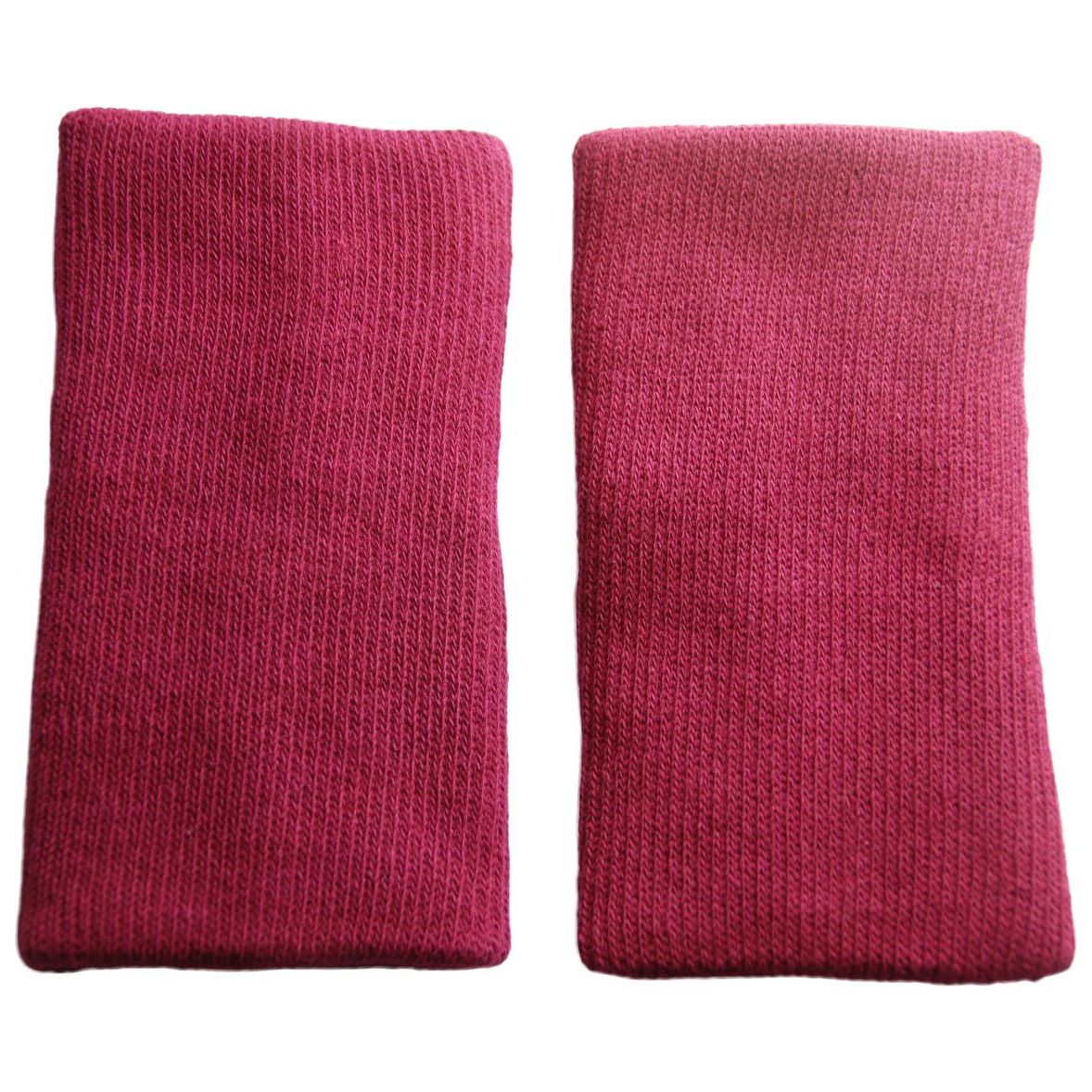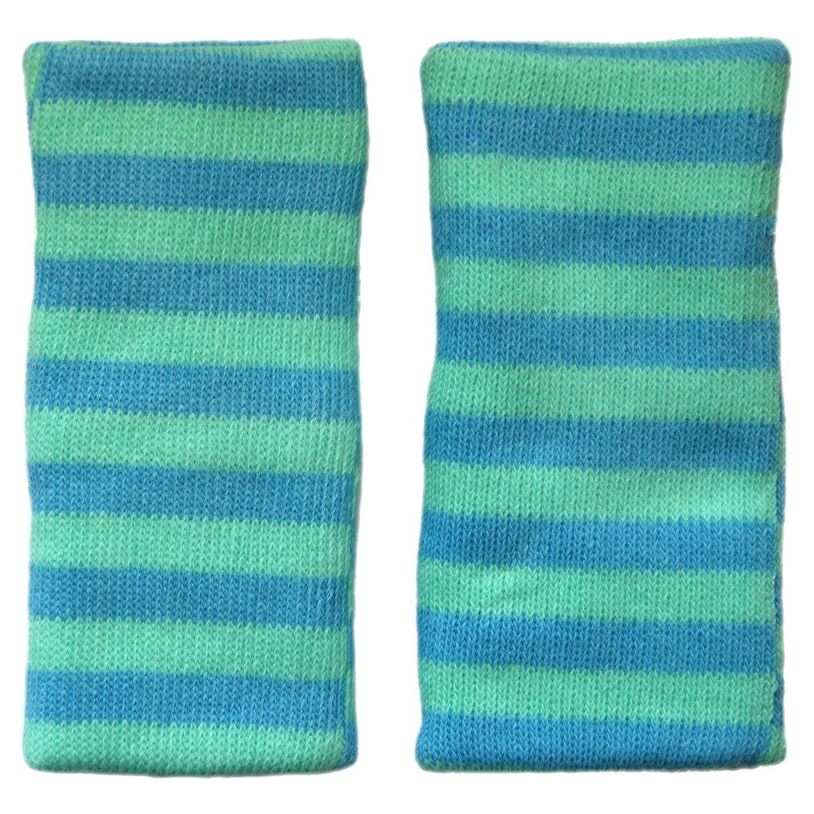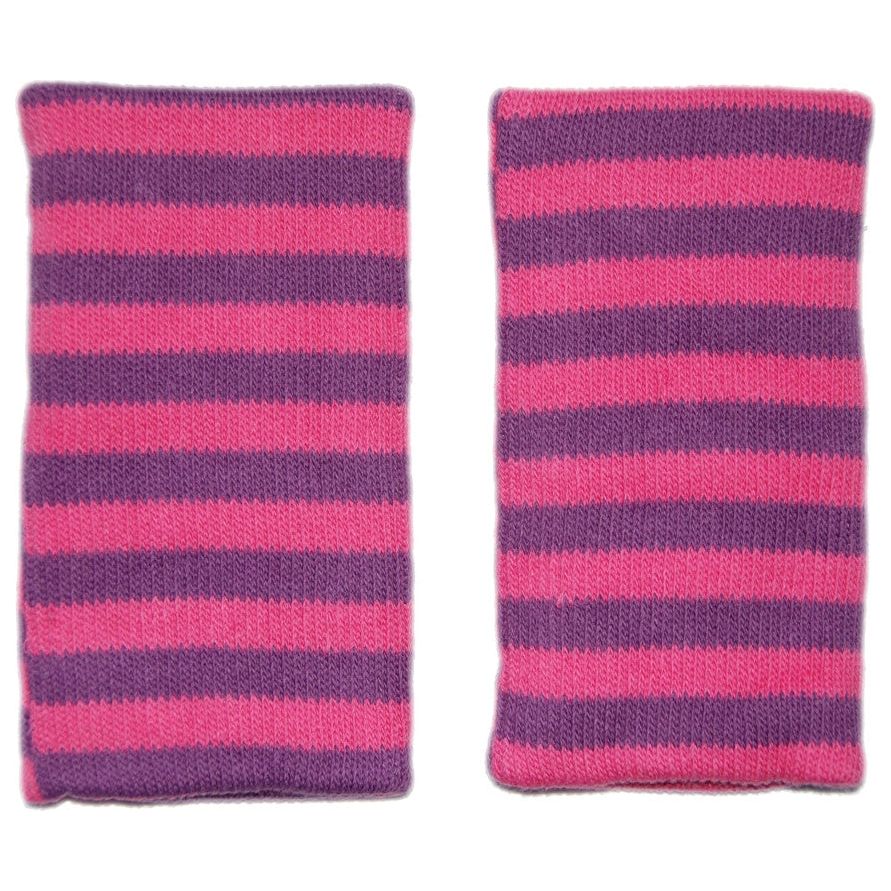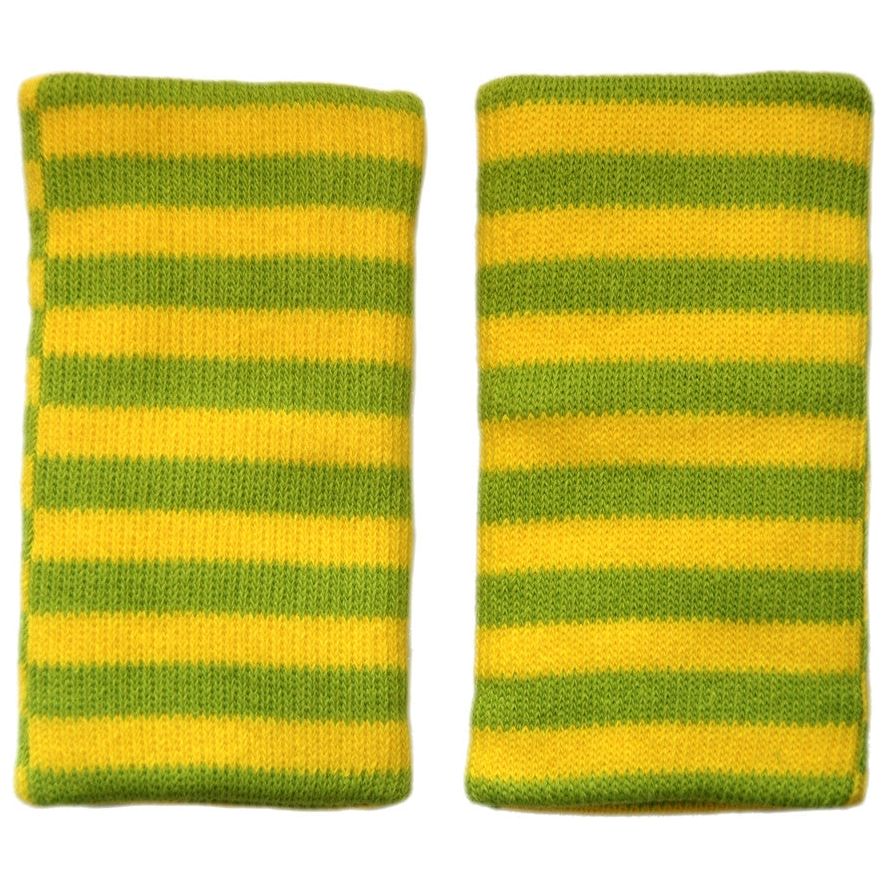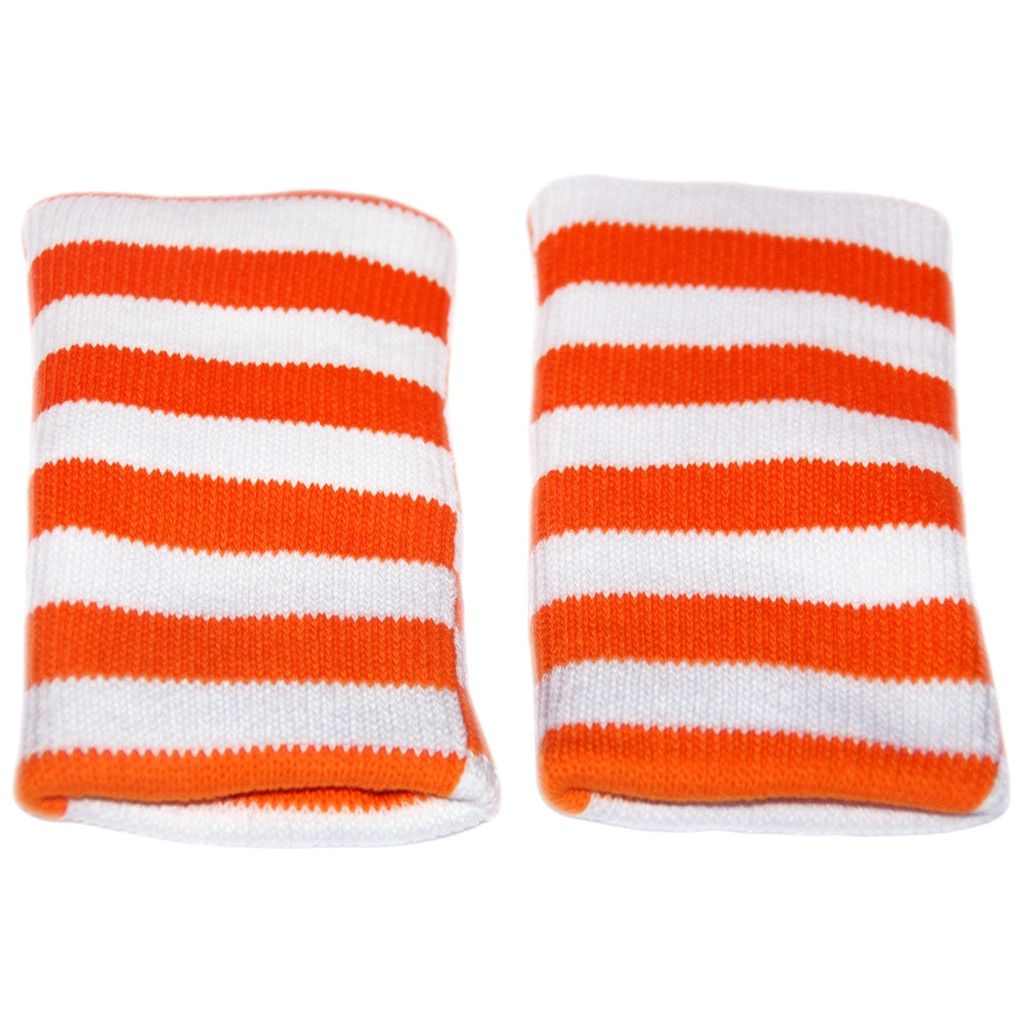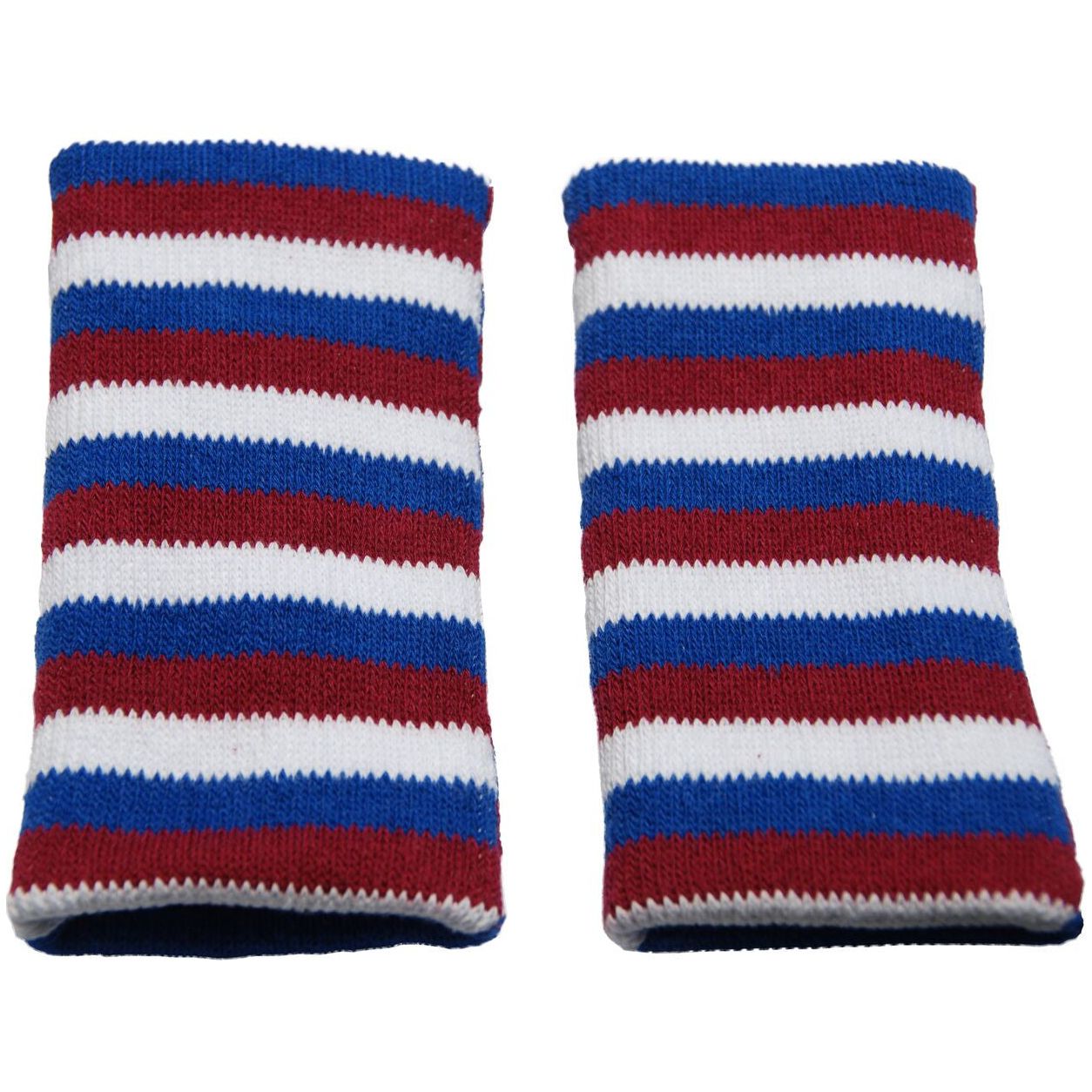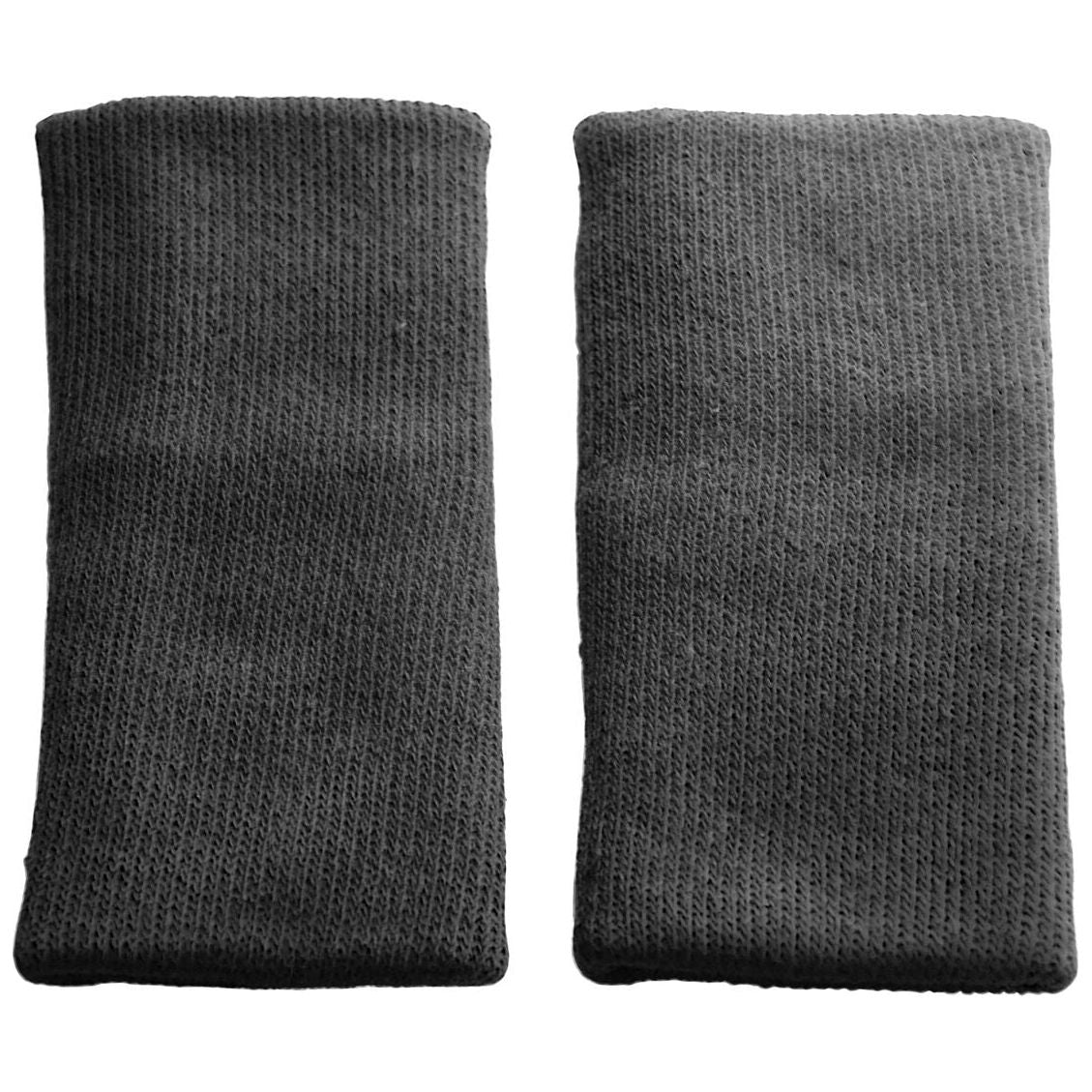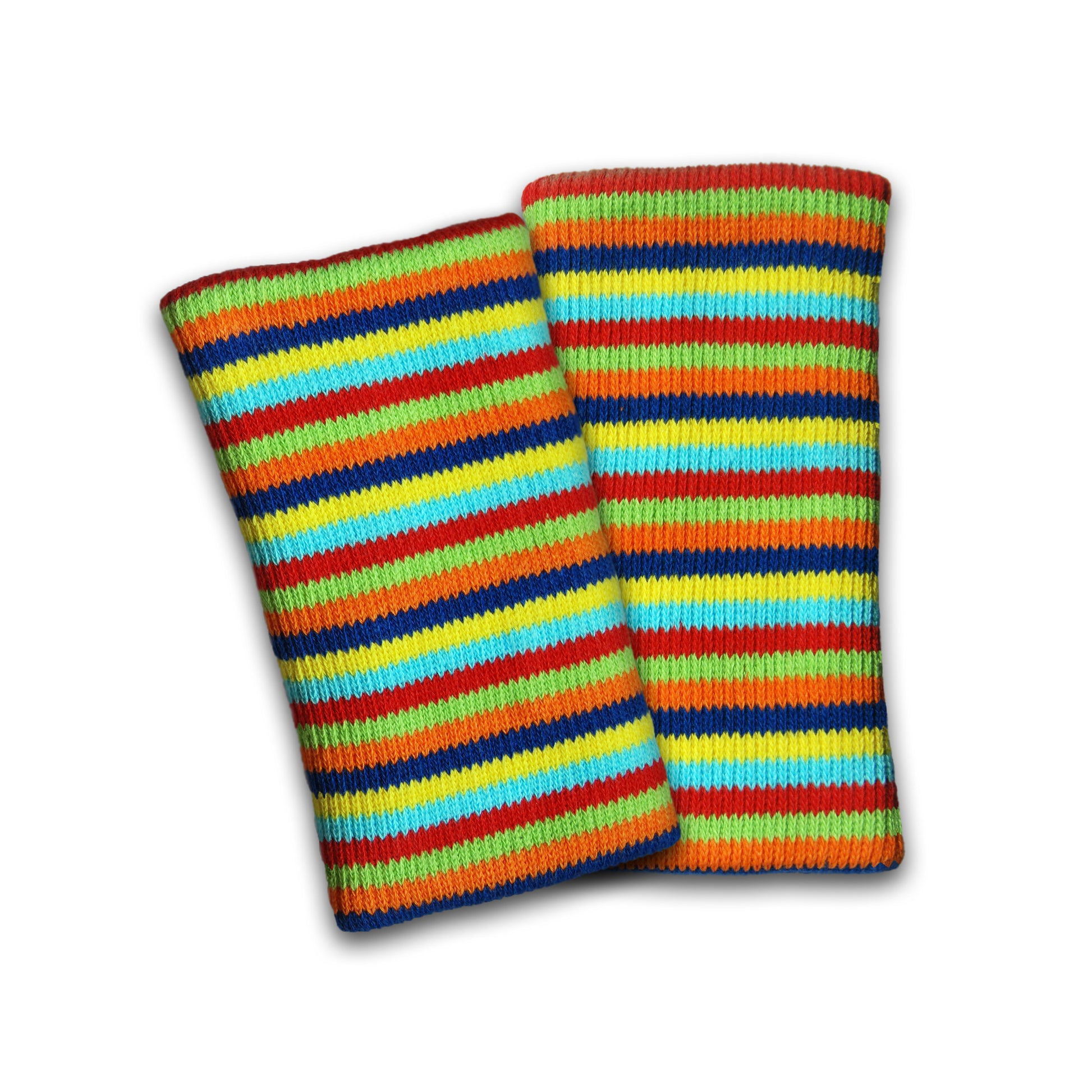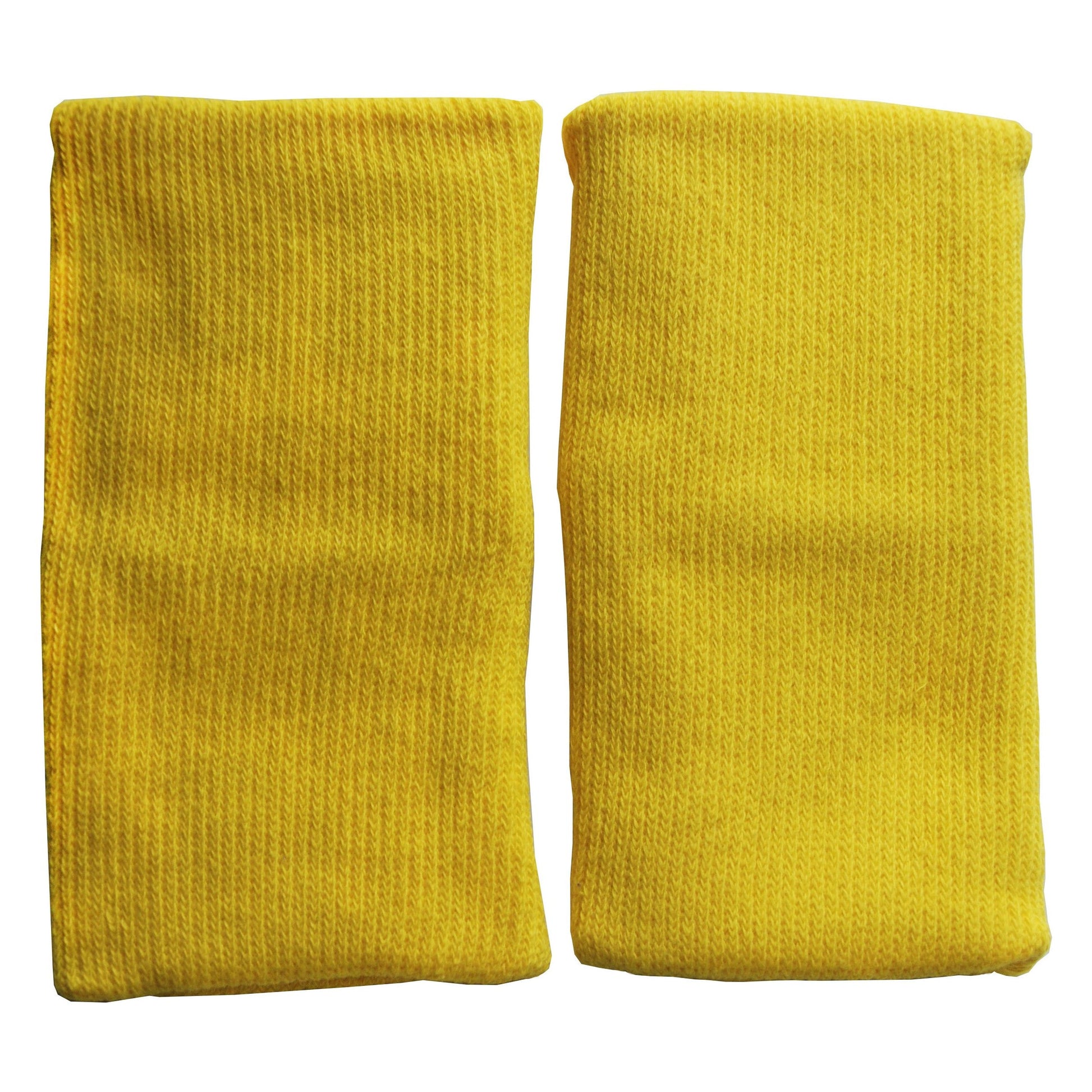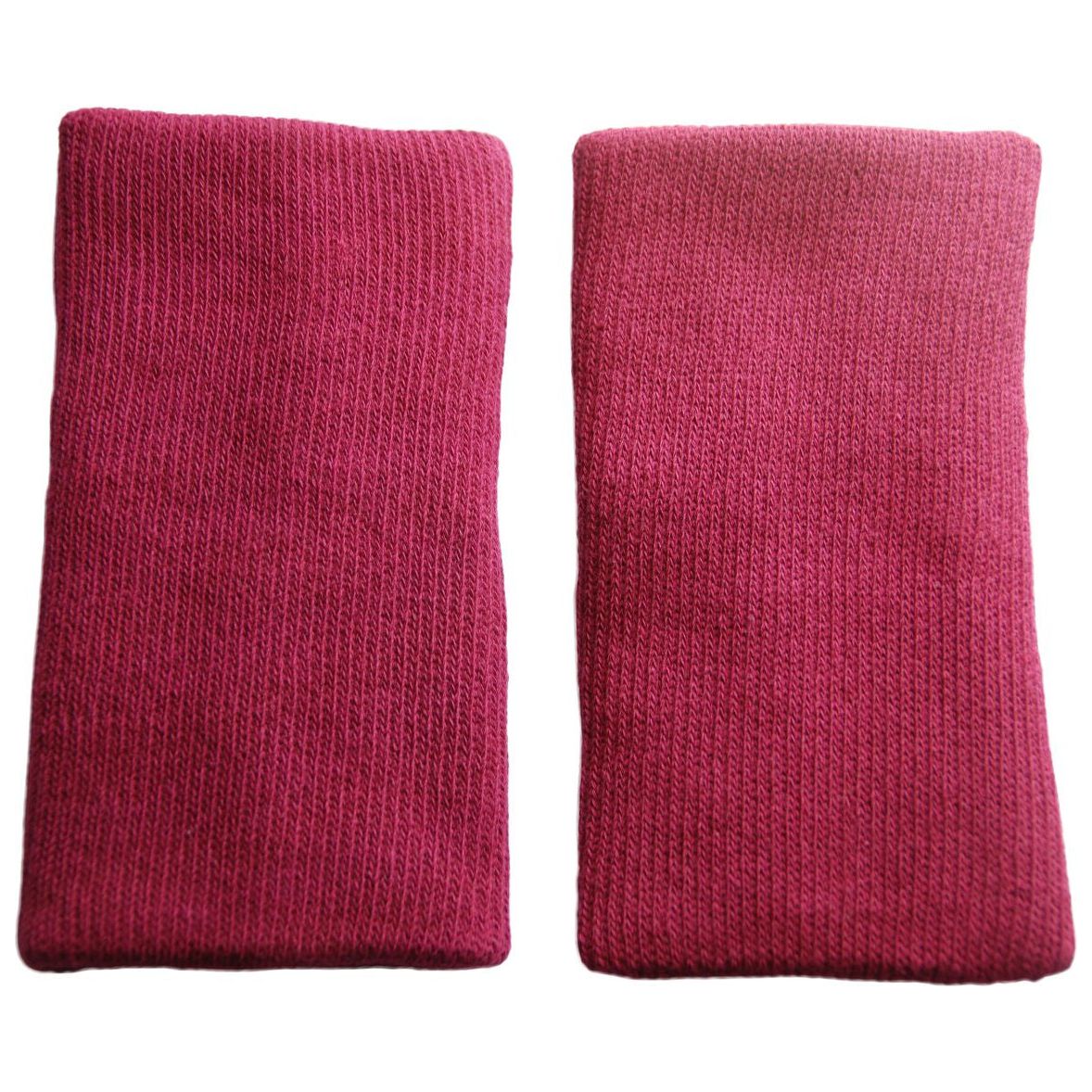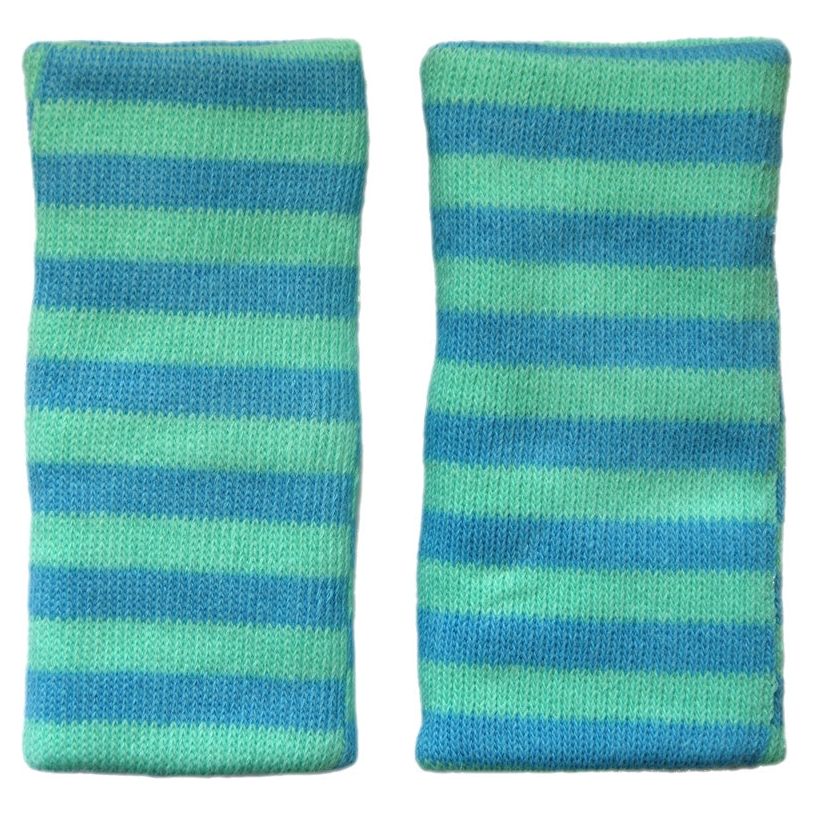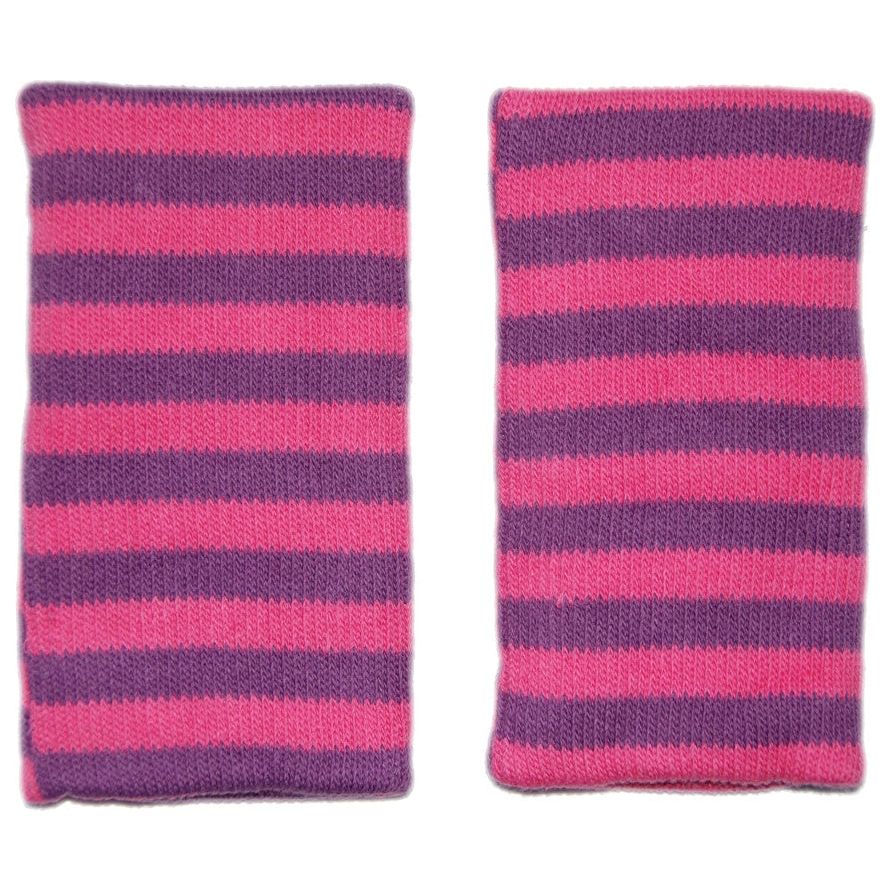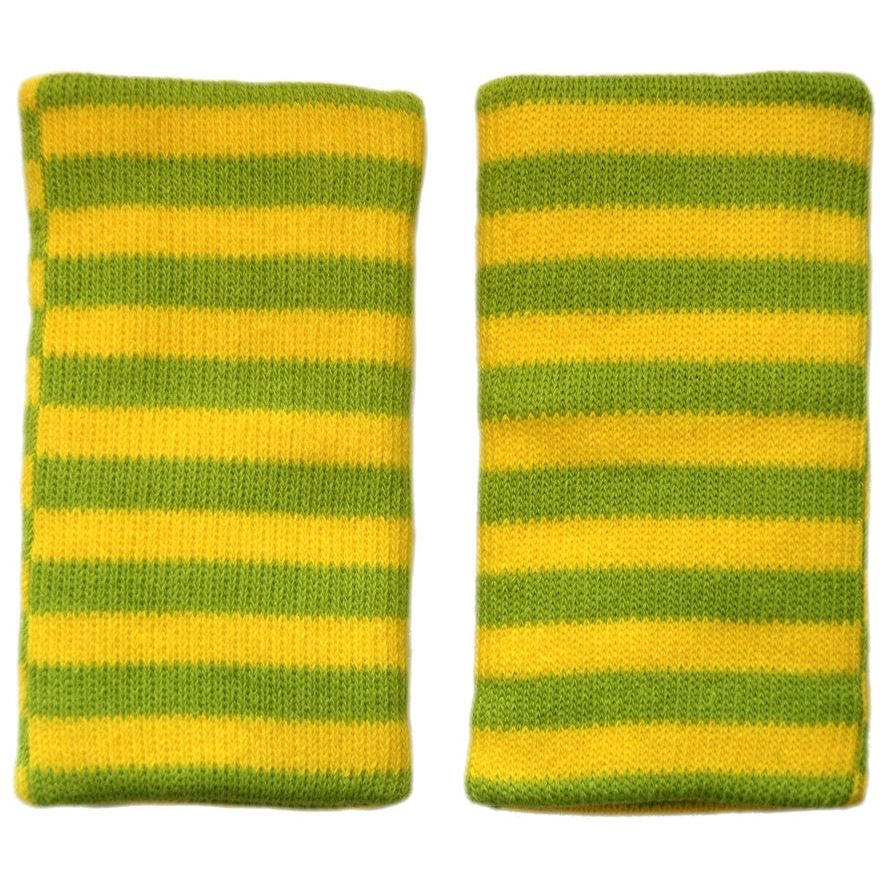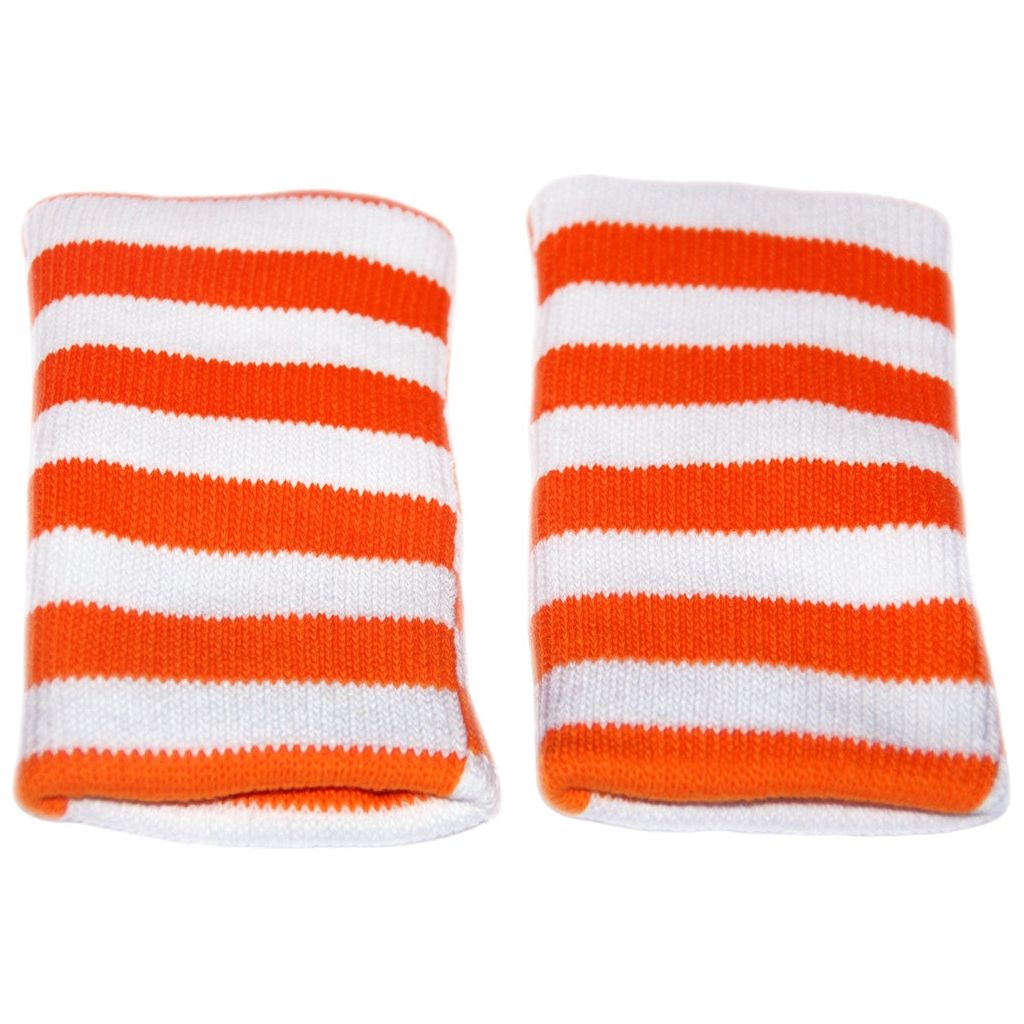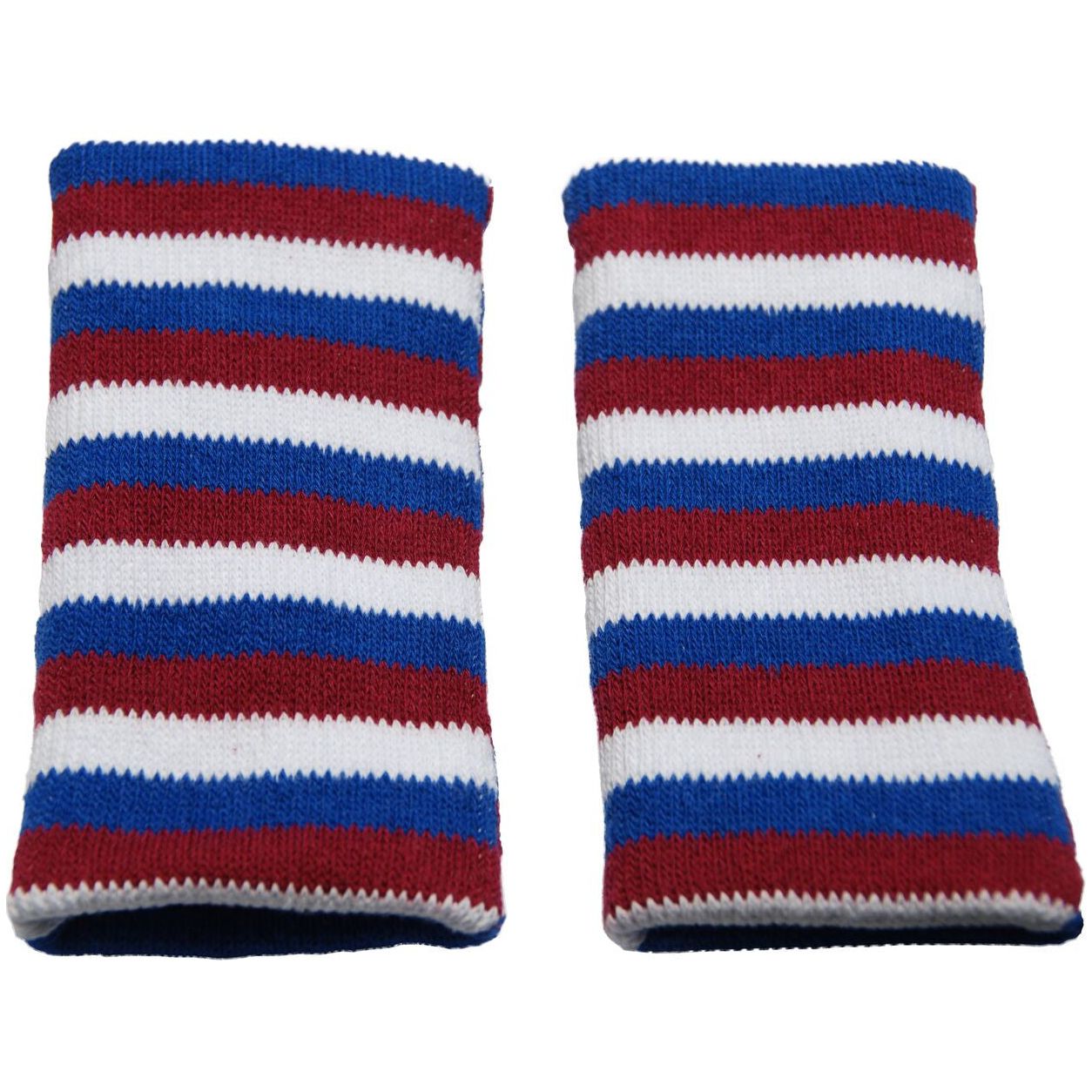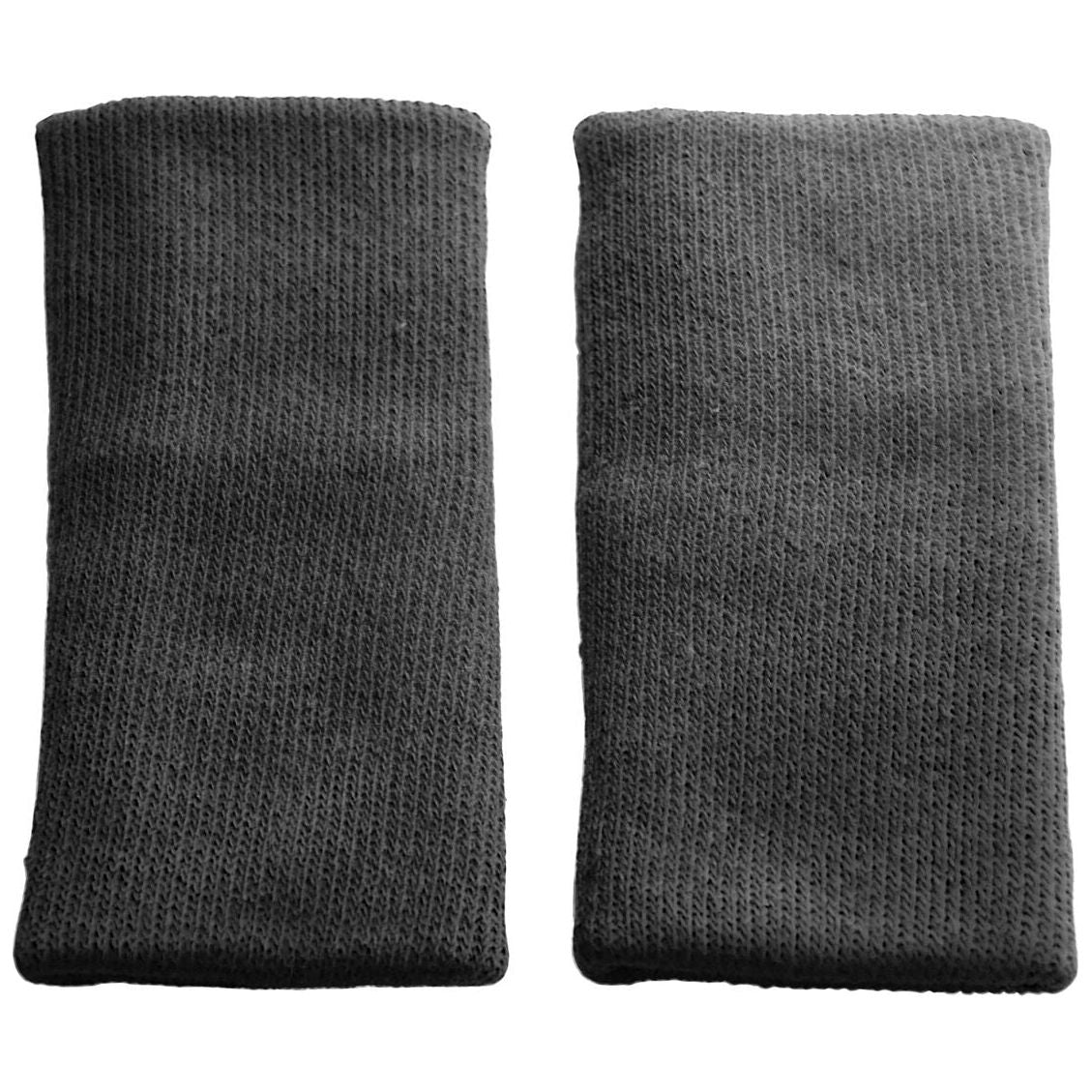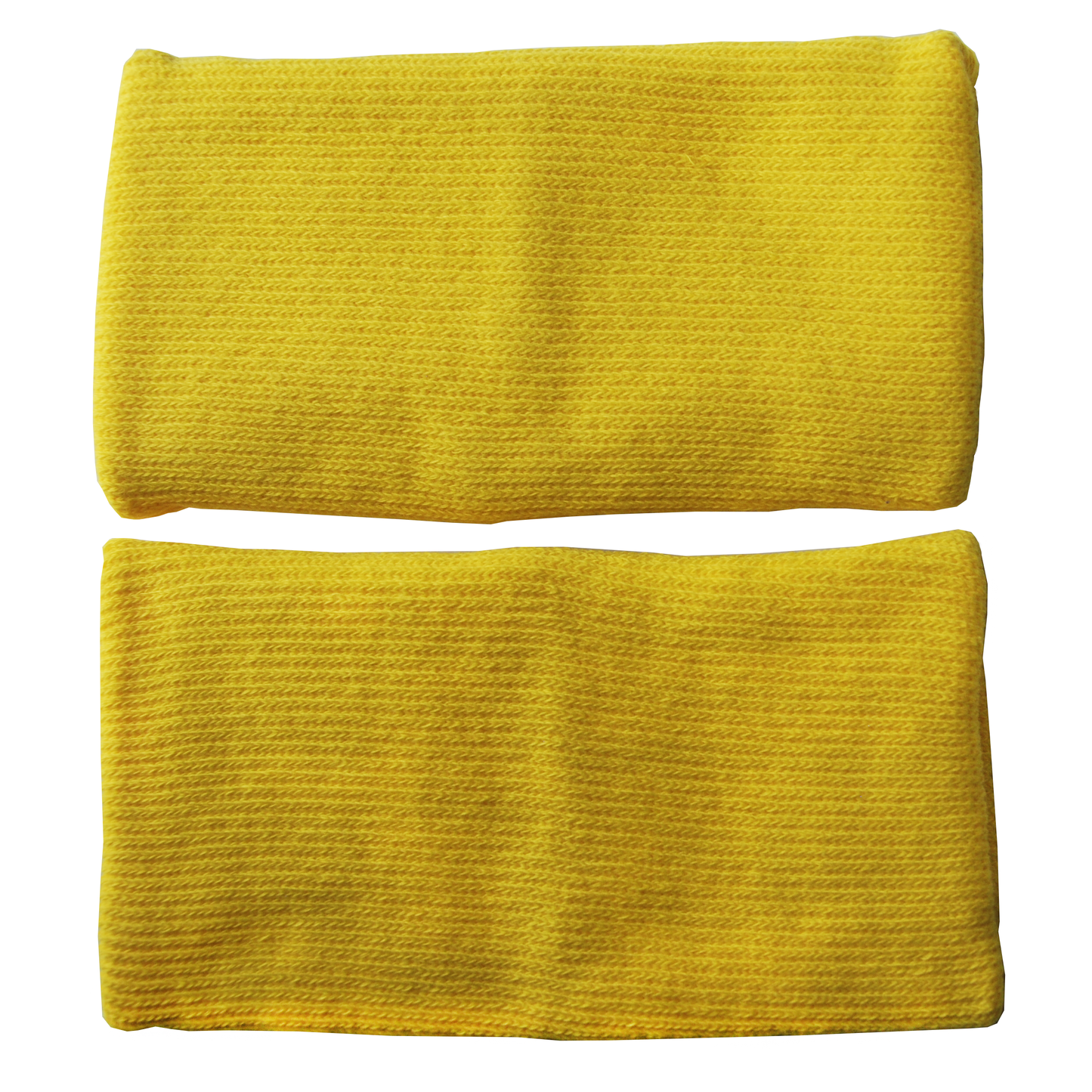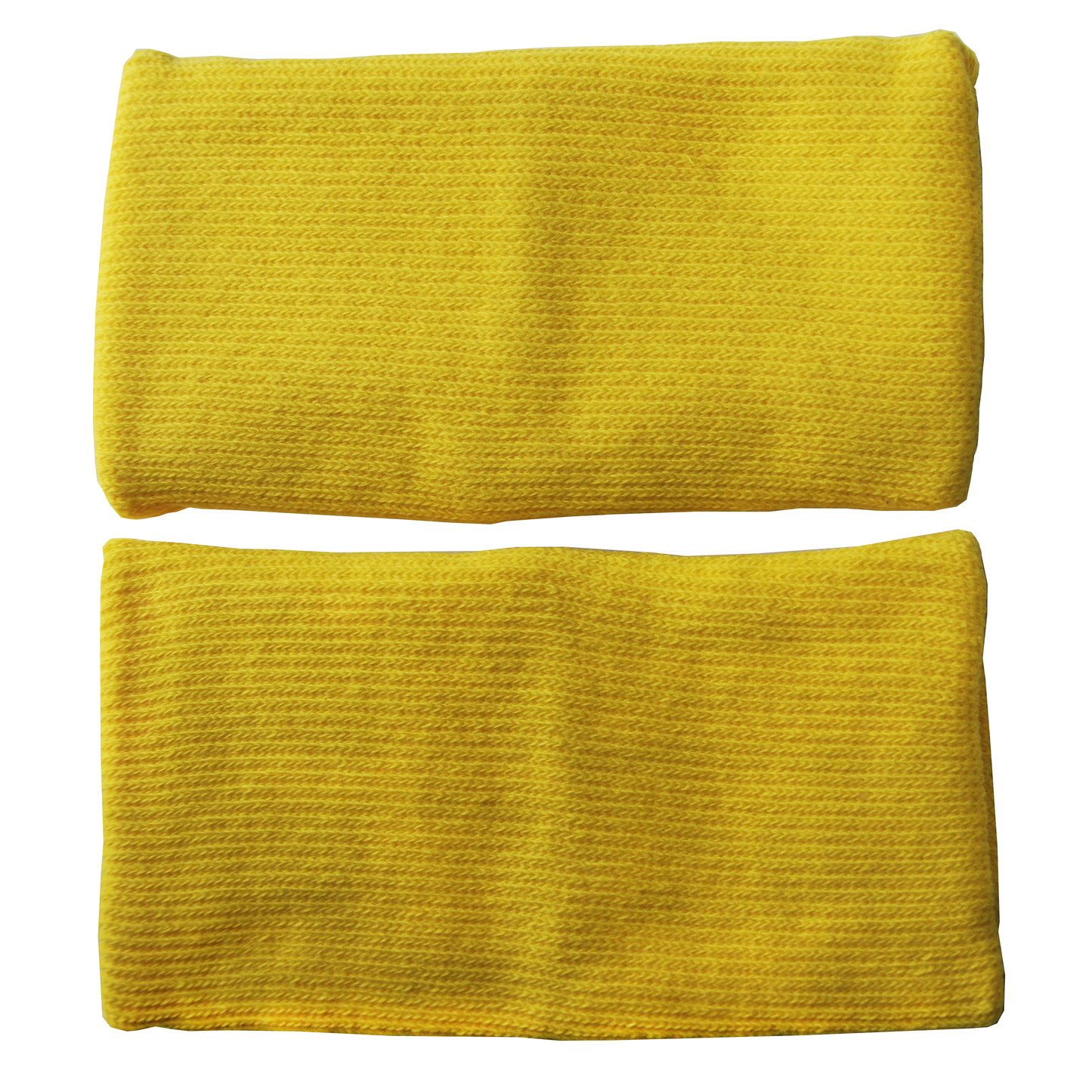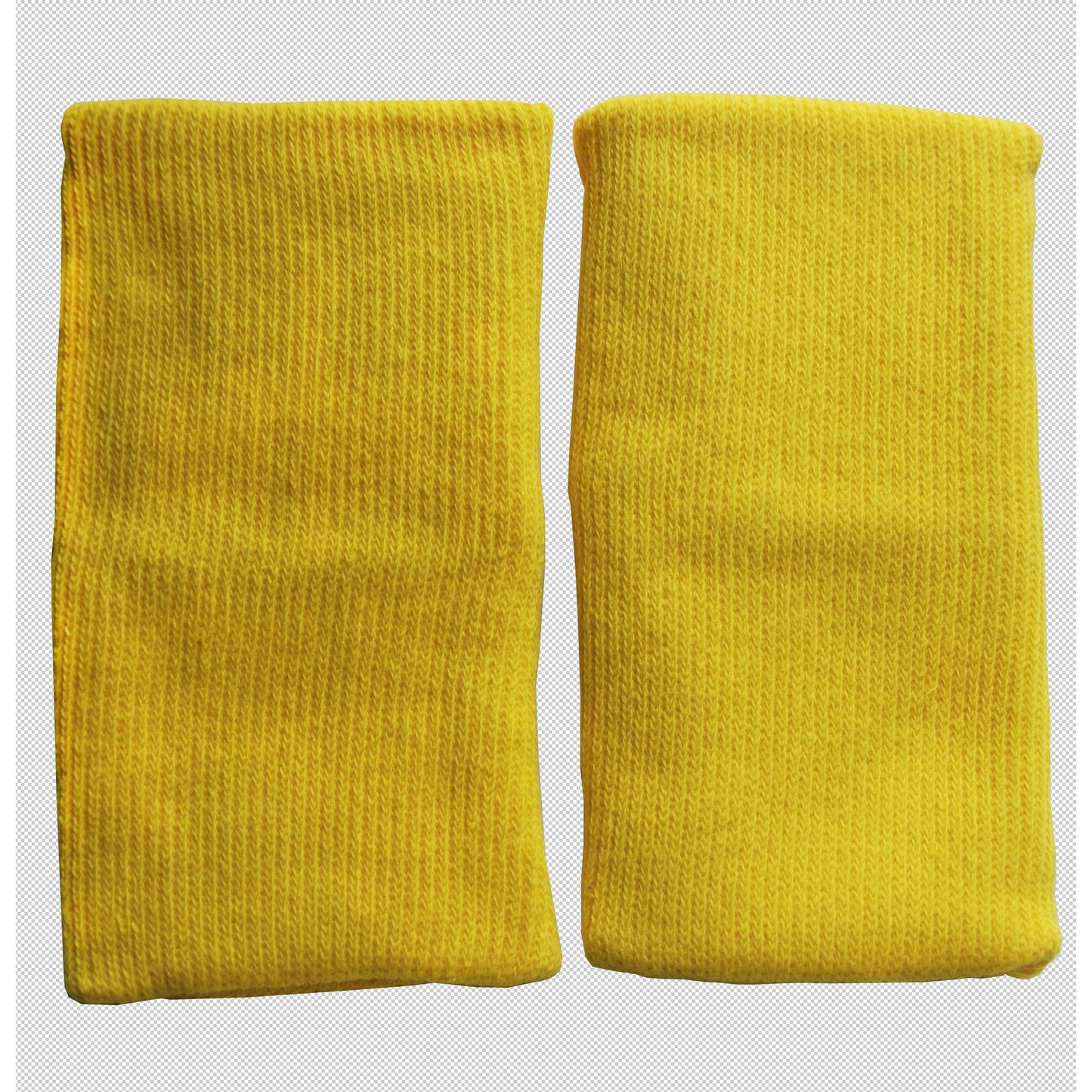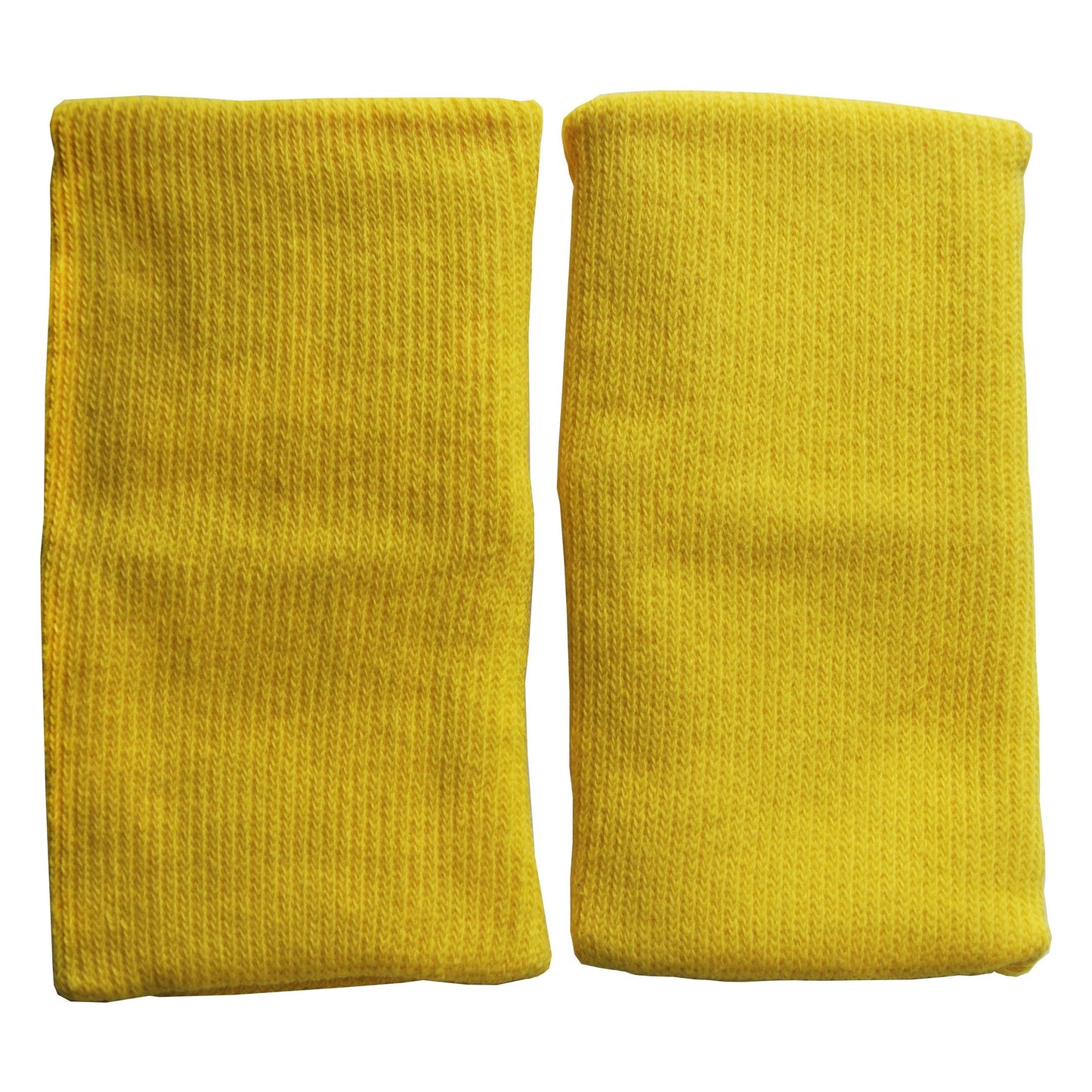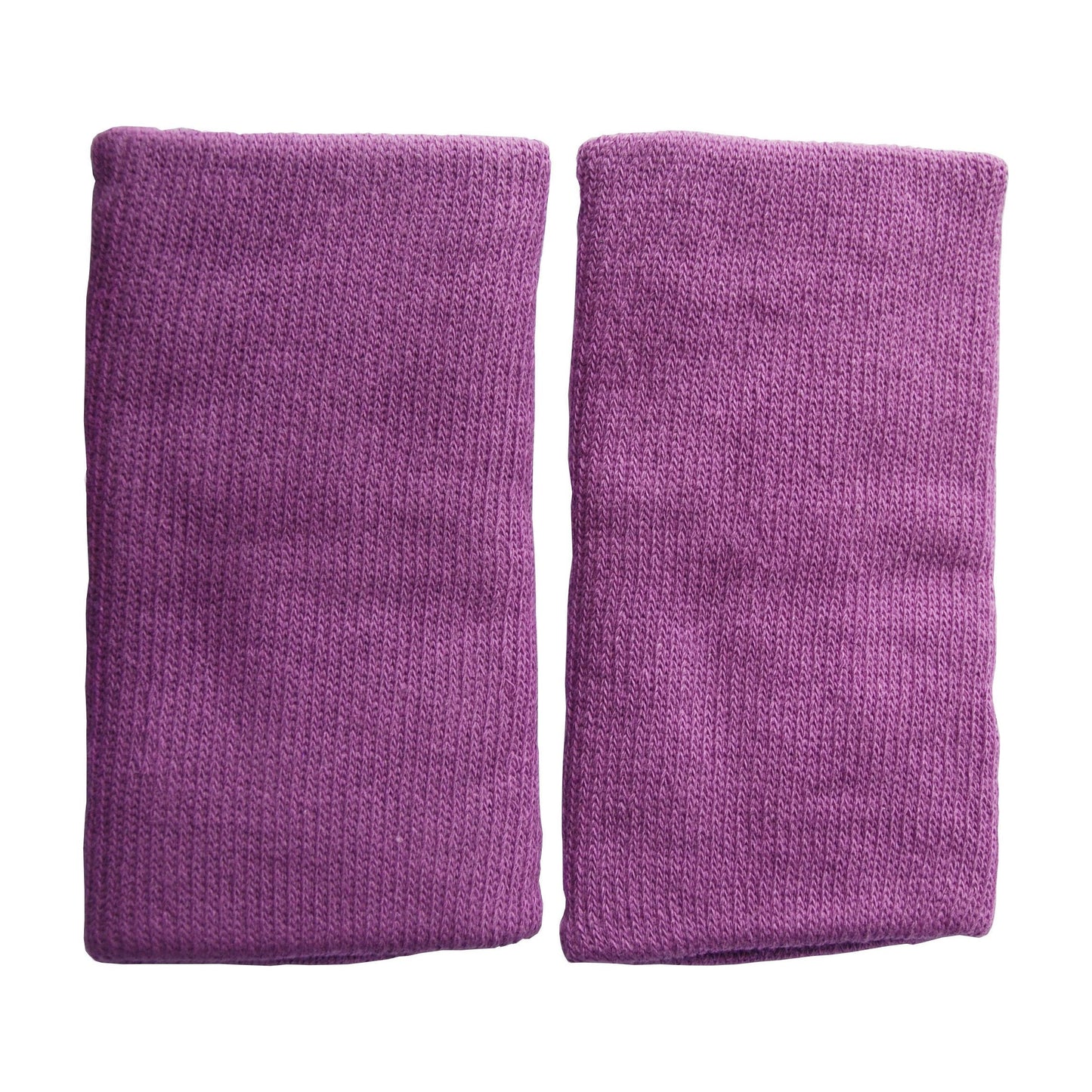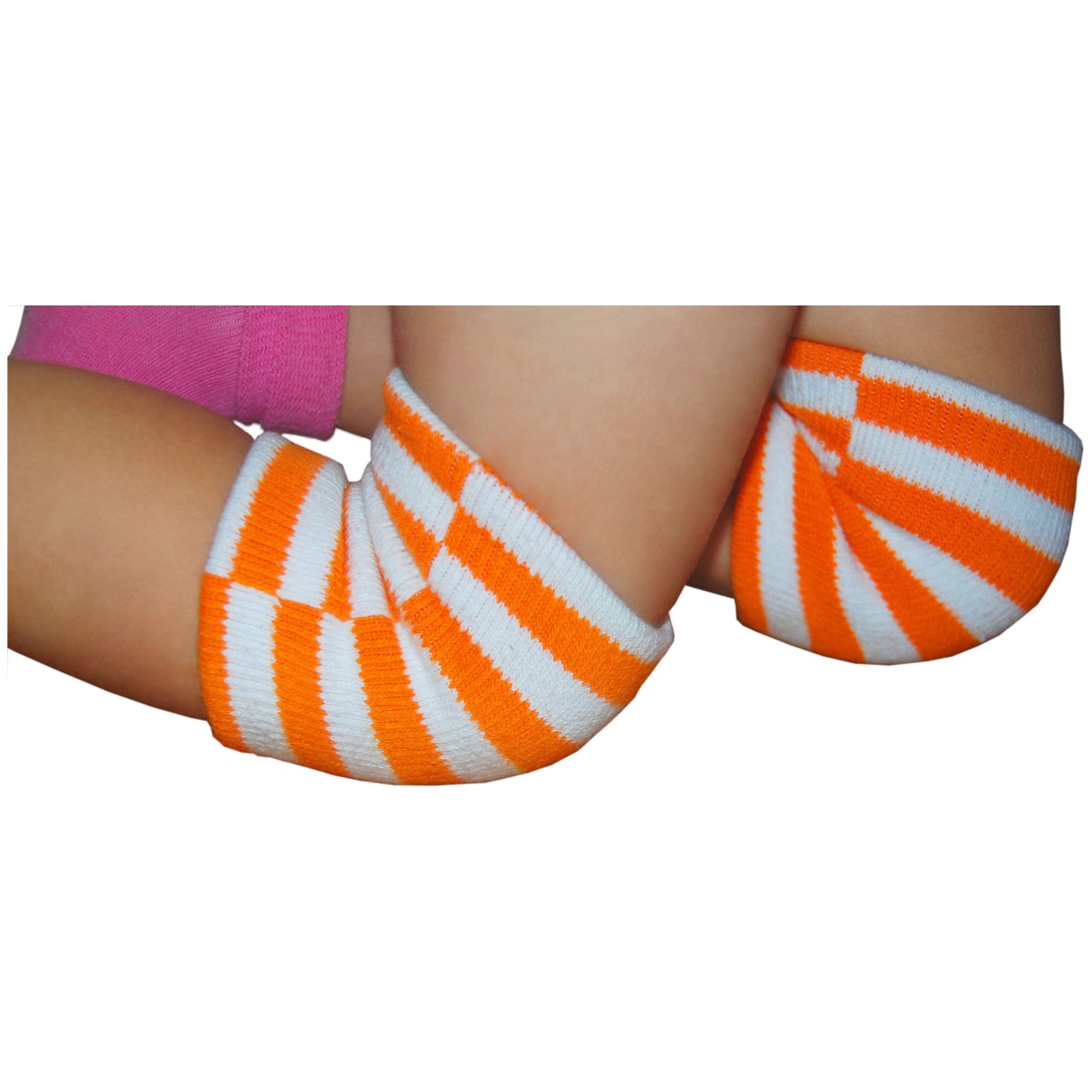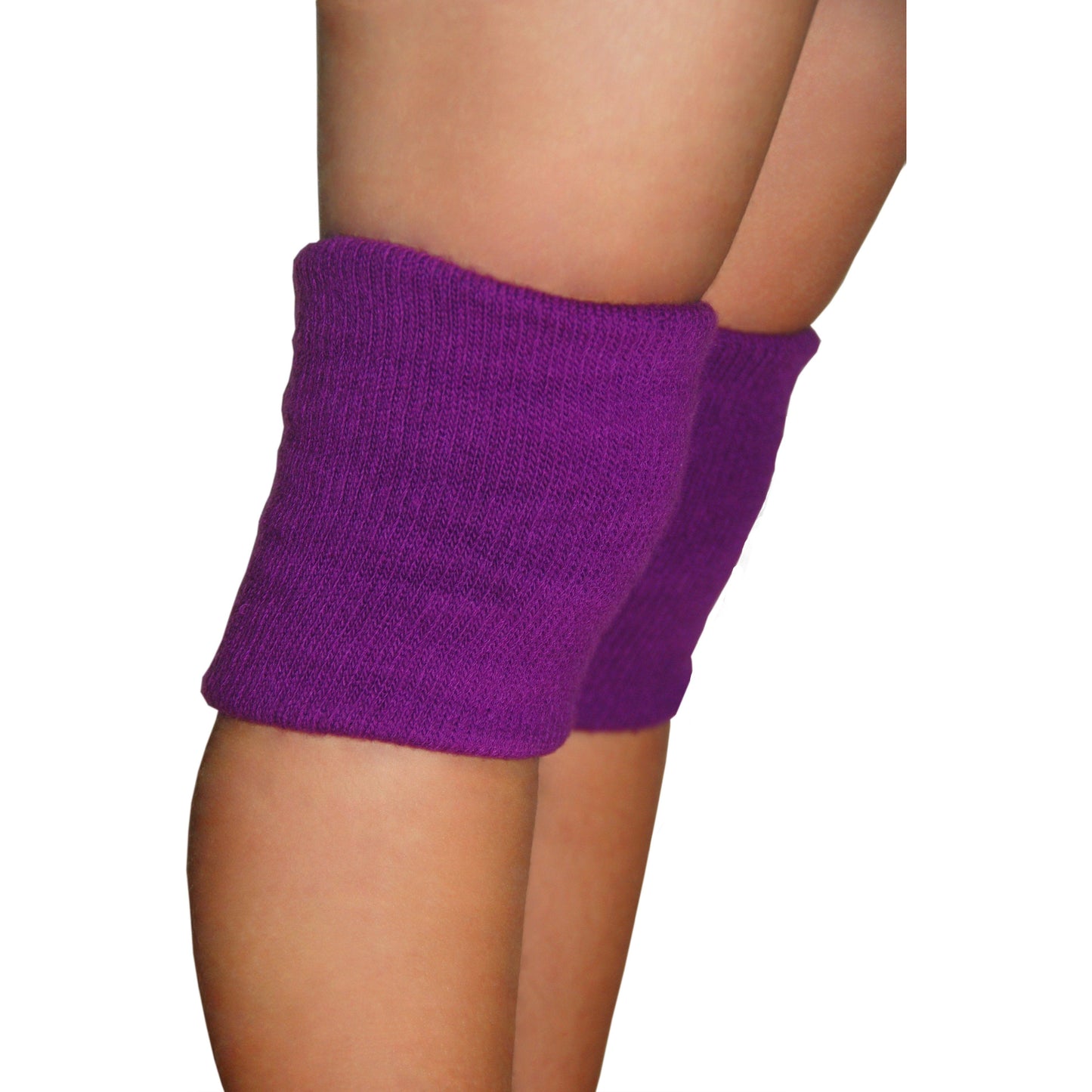Crawling marks a significant milestone in a baby's physical and cognitive development. It is the first mode of getting around that opens up a whole new world for them to explore. But, when do babies start crawling? Why is it an important phase of their development? And, how can we as parents support them through this journey? This article explores all these aspects.
When Do Babies Start Crawling?
Babies typically start crawling between 6 and 10 months of age. However, this is a broad range and the exact timing can vary from one child to another. Some babies may start crawling as early as 5 months, while others may not crawl until after their first birthday. It's important to note that some babies skip the crawling stage altogether and move directly to standing, cruising, and walking.
Why Do Babies Start Crawling?
Crawling is a complex skill that requires coordination between the arms and legs, as well as strength in the neck, shoulders, arms, and core muscles. It's an important developmental milestone because it helps to enhance the baby's motor skills, spatial awareness, and cognitive development.
Motor Skills: Crawling helps to develop gross motor skills as the baby learns to coordinate their arms and legs to move around. It also helps to strengthen their muscles, which will support their subsequent development of standing and walking.
Spatial Awareness: As babies begin to crawl and explore their surroundings, they develop a sense of spatial awareness. They learn to navigate through spaces, understand distances, and build a mental map of their environment.
Cognitive Development: Crawling not only promotes physical development but also cognitive development. It encourages exploration, curiosity, and problem-solving. As babies move around and interact with their environment, they are constantly learning and making new connections in their brain.
How Can Parents Support Their Baby's Crawling Journey?
1. Tummy Time: Regular tummy time is crucial for developing the strength and coordination needed for crawling. Start with short sessions and gradually increase the duration as your baby gets comfortable.
2. Provide Safe Exploration Space: Ensure that your home is baby-proofed and provide a safe and open space for your baby to move around and explore.
3. Encouragement: Use toys, sounds, or gestures to encourage your baby to move towards you. This can motivate them to start crawling.
4. Comfortable Clothing: Dress your baby in comfortable clothing that allows for easy movement. Avoid clothes that are too loose or too tight.
5. Knee Pads: Crawling can be tough on a baby's knees, especially on hard surfaces. Consider using knee pads designed for babies to protect their knees and provide them with more comfort.
Remember, each baby is unique and develops at their own pace. While some may be early crawlers, others may take their time. The key is to provide a supportive and stimulating environment that encourages their development, but never rush them. Always consult your pediatrician if you have any concerns about your baby's development.
References:
1. American Academy of Pediatrics. (2019). Movement Milestones: Crawling. HealthyChildren.org. https://www.healthychildren.org/English/ages-stages/baby/Pages/Movement-Milestones.aspx.
2. Dunlop, R. (2002). The development of motor behavior: a neuropsychological perspective. Neuropsychologia, 40(13), 2278-2285.
3. Adolph, K. E., Vereijken, B., & Shrout, P. E. (2003). What changes in infant walking and why. Child development, 74(2), 475-497.


